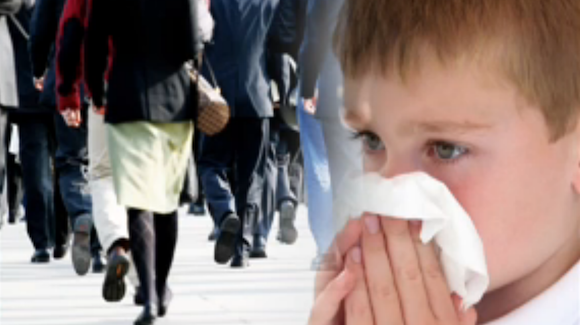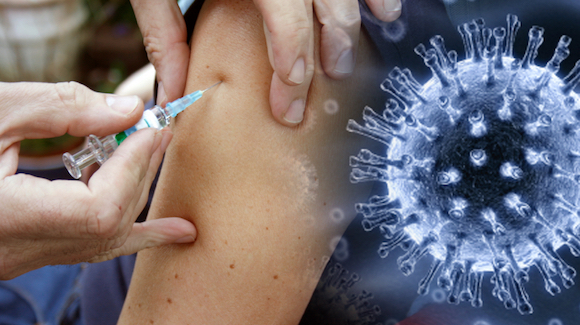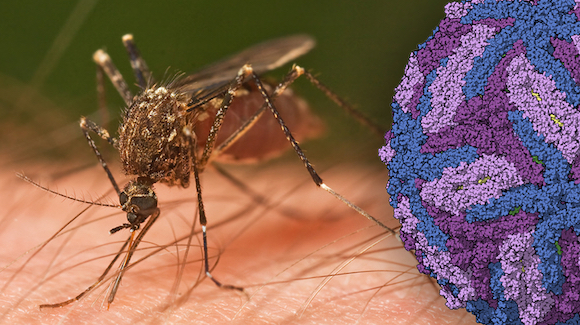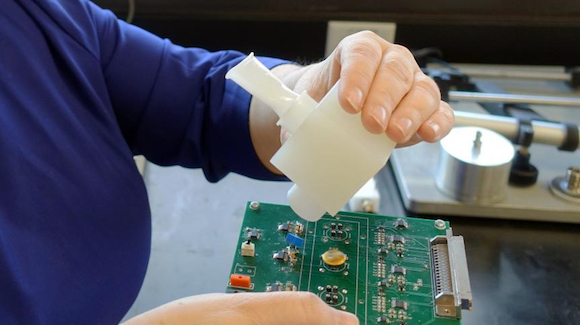The Influenza Content Hub Channel
May 28, 2012 • Family Medicine, Infectious Diseases, Influenza Content Hub, Nurses/NP/PA, Pediatrics, Reuters Health • The Doctor's Channel Newscast
NEW YORK (Reuters Health) – For pediatric influenza, a single inhalation of laninamivir octanoate is as safe and effective as 10 inhalations over five days of zanamivir, according to a study reported online May 21 in Pediatrics.
However, preschool-age children may have trouble inhaling laninamivir octanoate “efficiently,” first author Dr. Yoshiki Katsumi, from Nantan General Hospital, Kyoto, Japan, told Reuters Health.
Laninamivir octanoate (Inavir) is a long-acting, single-dose neuraminidase inhibitor developed by Tokyo-based Daiichi Sankyo. It was approved in Japan in 2010 for children and adults with influenza. It is not yet approved in the U.S.
Dr. Katsumi and colleagues say their study is the first to test laninamivir against zanamivir (Relenza).
A total of 112 children aged 15 or younger with a positive rapid diagnostic test for influenza enrolled in the study. Fifty-five were randomly assigned to a single dose of laninamivir octanoate (20 or 40 mg depending on age) and 57 to zanamivir (20 mg) twice daily for five days. The two groups were “well-balanced” on relevant factors, including the severity of influenza symptoms, the researchers say.
They chose as their end point time to resolution of fever because in Japan children who have influenza are not allowed to return to school until they are fever-free for three consecutive days, they explain.
The parents were asked to complete a questionnaire during the recovery at home. Of the 112 questionnaires, 100 were returned, including 44 children in the laninamivir group and 41 in the zanamivir group.
The researchers report that fever resolved within 36 hours in roughly half of the children in each group. The median time to fever resolution after initial treatment was 36 hours in the laninamivir group and 37 hours in the zanamivir group.
There were no between-group differences with respect to the frequencies of asthmatic symptoms, pneumonia, gastrointestinal symptoms, or abnormal behaviors.
Of note, say the authors, abnormal behaviors were observed in only a few of the laninamivir and zanamivir patients and were not noticeably different in the two groups. These results, say the researchers, suggest that patients aged 10 years or older, who are not allowed to be given oseltamivir in Japan, can be treated with laninamivir.
In Japan, oseltamivir is not recommended for children above age 10 years because it has been linked to abnormal behaviors. U.S. regulators and the drug’s manufacturer Roche Holding AG warned about this possible side effect in 2008. (See Reuters Health story March 4, 2008).
Dr. Katsumi and colleagues also note that eight children in the laninamivir group did not appear to inhale completely and six were younger children who had technical difficulty with inhaling.
Summing up, Dr. Katsumi told Reuters Health, laninamivir octanoate is an option for influenza in children older than kindergarten-age “who can inhale well.”
“In younger children, other neuraminidase inhibitors that can be taken easily are recommended because it may be difficult for younger children to inhale laninamivir octanoate completely,” Dr. Katsumi added.
The study had no external funding and the study authors have no conflicts of interest.
SOURCE:
Effect of a Single Inhalation of Laninamivir Octanoate in Children With Influenza
Pediatrics 2012;129:e1431-e1436.






